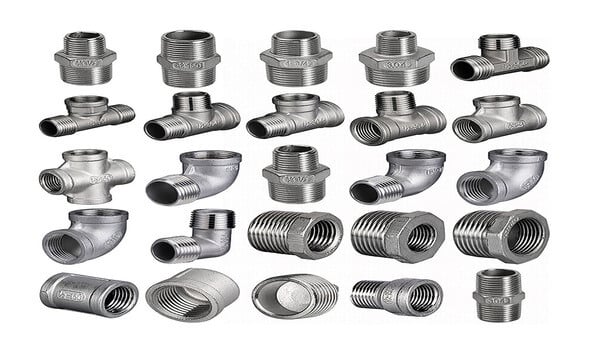Pipe fittings are the unsung heroes that ensure the smooth flow of water and waste in our homes and businesses. Whether you're a seasoned plumber or a DIY enthusiast, understanding the different types of pipe fittings is essential.
So, what is there to understand before buying plumbing fittings? In this post, we'll delve into the three main categories of pipe fittings: Water Line Fittings, Waste and Drain Fittings, and Transition Fittings.
Water Line Fittings
As the name suggests, Water Line Fittings are crucial components of plumbing systems that help transport clean, potable water to your taps and appliances. Here are some common types:
Couplings
These connectors join two pipes together, ensuring a secure and leak-free connection. The pipe fitting comes in various materials, including stainless steel, copper, PVC, and brass, catering to different needs and budgets.
Elbows
Elbows are essential for changing the direction of your water pipes. They are available in 45-degree and 90-degree angles, allowing for flexibility in your plumbing layout.
Tees
Tees are used to create a branch in your water line. They are vital for distributing water to multiple fixtures or appliances, such as sinks, showers, and toilets.
Valves
Valves are your go-to control mechanisms for shutting off or regulating the flow of water. Ball valves, gate valves, and globe valves are common choices, each with its own unique features.
Adapters
Adapters come in handy when connecting pipes of different materials or sizes. They ensure a tight and reliable fit between mismatched pipes.
Waste and Drain Fittings
Waste and Drain Fittings are designed to efficiently transport wastewater and sewage away from your property. Proper installation and maintenance are crucial to prevent blockages and leaks. Here are some key fittings in this category:
P-Traps
P-Traps are the curved pipes you find under sinks and basins. They trap a small amount of water, creating a barrier that prevents foul odors from entering your home.
Drainage Pipes
These pipes come in various sizes and materials, including PVC and ABS. They are used to carry wastewater from sinks, showers, and toilets to the main sewer line.
Cleanout Fittings
Cleanouts provide access points to your drainage system for easy maintenance and clearing of blockages. Regular inspection and cleaning can prevent costly plumbing issues.
Transition Fittings
These accessories serve as connectors between pipes of different materials or sizes. These fittings are essential when you need to adapt to various plumbing scenarios. Here are some examples:
Copper to PVC Adapters
These fittings are used when transitioning from copper pipes commonly found in older homes to PVC or steel pipes, which are popular for modern plumbing installations.
Reducer Couplings
Reducer couplings are handy when you need to connect pipes of different sizes. They come in various configurations to suit your specific needs.
Compression Couplings
Compression couplings create a secure, leak-free connection between pipes without the need for soldering or gluing. They are versatile and easy to install.
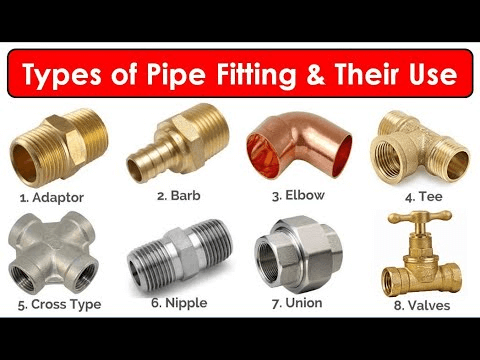
How to Choose the Right Fittings
Choosing the right fittings is crucial for your project. The right fittings can make the difference between a smoothly functioning system and a constant headache of leaks and inefficiencies. We have provided vital factors on things to look at. This information will help you make informed choices that stand the test of time.
Material Matters
The first consideration when choosing fittings is the material. Fittings come in a variety of materials, each with its strengths and weaknesses. Common materials include:
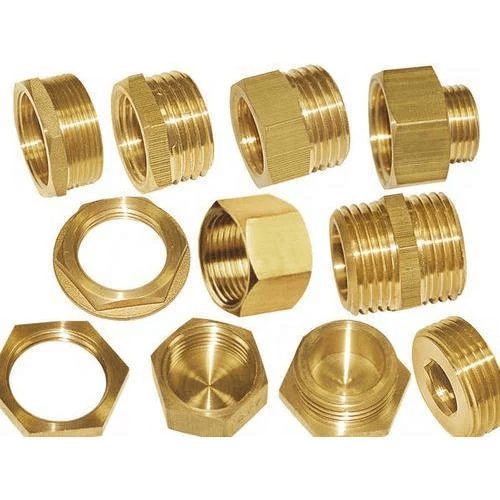
Brass: Durable and resistant to corrosion, brass fittings are often used for water and gases systems. They are reliable and can withstand high temperatures and pressures due to thick walls.
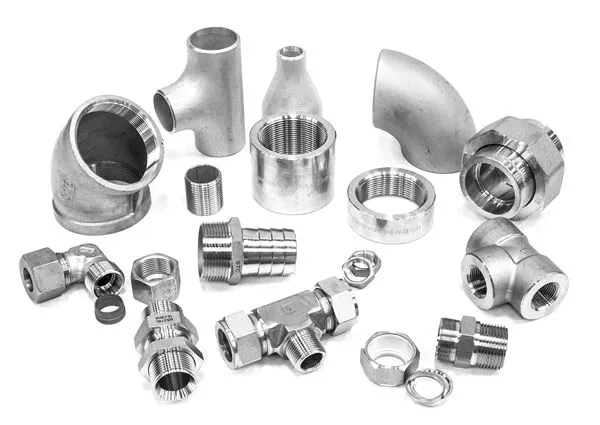
Stainless Steel: Stainless steel fittings are known for their corrosion resistance and durability. They are suitable for applications involving corrosive substances.Buy from Ace Stainless Steel
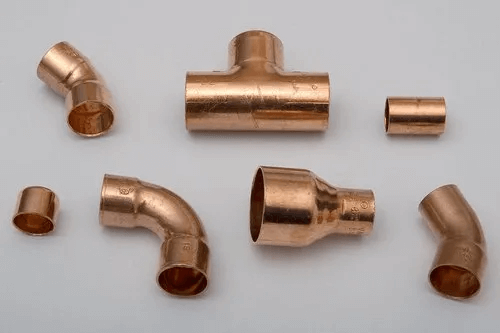
Copper: Copper fittings are well-known for their excellent thermal conductivity. They are commonly used in plumbing for water supply lines.
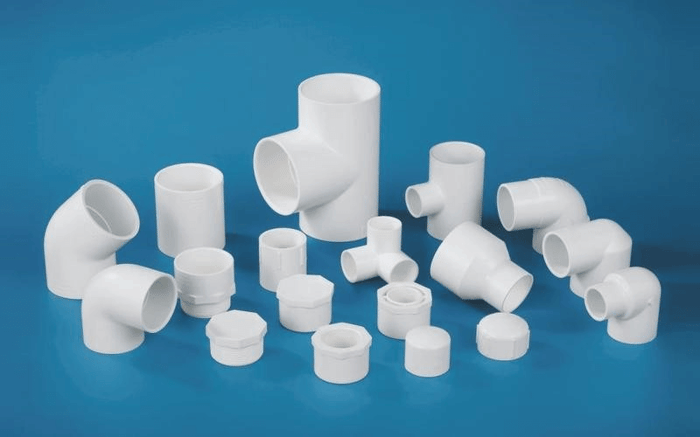
Plastic: PVC and CPVC fittings are lightweight, cost-effective, and resistant to corrosion. They are commonly used in residential plumbing applications.
The choice of material should depend on the specific needs of your project, including the type of fluid or gas being transported and the environmental conditions.
Size and Compatibility
Fittings come in various sizes and types, and it's essential to select fittings that are compatible with the pipes or hoses you are using. Pay attention to measurements like:
Nominal Pipe Size (NPS): This measurement refers to the standard size of pipes. Ensure that the fitting's NPS matches that of your pipes.
Thread Type: There are different thread types, including NPT (National Pipe Thread) and BSP (British Standard Pipe). Make sure your fittings and pipes have matching thread types to prevent leaks.
Tube OD (Outside Diameter): For tubing, the outside diameter is crucial. The fitting should be designed to accommodate the specific tubing size you are using.
Application-Specific Fittings
Consider the specific application of your fittings. Some fittings are designed for specific purposes, such as:
Compression Fittings: These are commonly used in plumbing for connecting pipes. They use compression to create a watertight seal.
Quick Connect Fittings: Ideal for DIY projects, these fittings allow for easy and tool-free assembly.
Flare Fittings: Commonly used in HVAC systems, flare fittings provide a secure connection for gas lines.
Push-to-Connect Fittings: These fittings are user-friendly and designed for quick installation, making them popular in plumbing and air compression systems.
Pressure and Temperature Ratings
Consider the pressure and temperature conditions your fittings will be subjected to. Different fittings have varying pressure and temperature ratings. Exceeding these ratings can lead to leaks and system failure. Always check the manufacturer's specifications and select fittings that can handle the expected conditions.
Quality and Brand Reputation
Don't overlook the importance of quality and brand reputation. Invest in fittings from reputable manufacturers known for producing durable and reliable products. Quality fittings may cost a bit more upfront but can save you money and headaches in the long run by preventing leaks and frequent replacements.
Conclusion
Proper installation, maintenance, and the use of high-quality fittings are essential for a leak-free and efficient plumbing system. If you're unsure about which fittings to use or need assistance with your plumbing project, don't hesitate to consult Ace Stainless Steel for guidance.

